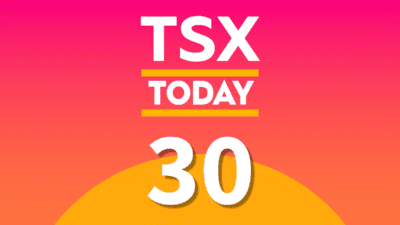Back in March, Bank of Montreal (TSX: BMO)(NYSE: BMO) made headlines when it dropped its 5-year fixed mortgage rate to 2.99%. The company wanted to make sure it was positioned well in Canadian minds as the busy spring real estate market began, and all the buzz that surrounded the cut ensured the company succeeded.
Not to be outdone, earlier this week IGM Financial (TSX: IGM) announced that its Investor’s Group subsidiary would offer a 3-year variable mortgage for 1.01% under Canada’s prime rate, which works out to an eye catching 1.99%. Although this mortgage is variable and could change at any time, the reality is that Canada’s central bankers are unlikely to increase interest rates any time soon. Borrowers who get this mortgage are likely to enjoy sub 2% money for the foreseeable future.
As I take a look at this recent development in the Canadian housing market, I can’t help but to be reminded of the United States in about 2005.
On the surface, the market still looks healthy. The largest lenders, like Royal Bank (TSX: RY)(NYSE: RY) and Toronto Dominion Bank (TSX: TD)(NYSE: TD), are raising dividends and hitting new highs. Nationwide, the price of houses continues to creep higher, hitting a fresh all-time high every month. The odd media mention about the high prices are quickly drowned out by a chorus of homeowners who are tickled pink by all the home equity they’ve built up.
But there are cracks starting to appear to astute observers of the market. Although the entire nation’s real estate prices are up, some of Canada’s major centers are experiencing weakness. The average house price is down in 2014 for Montreal, Ottawa, Quebec City, Regina, and Victoria. These teaser interest rates signal that mortgage growth just isn’t there anymore, meaning companies have to use bigger promotions to grow their bottom line.
Canadian consumers simply can’t afford to continue borrowing. Canada’s debt to personal income ratio roared past 160% a few months ago, and hasn’t looked back since. In most countries, consumers actually paid off debt during the Great Recession and the so-so economic times shortly after. Canadians gorged on low interest rates, using them as an excuse to take on even more debt.
At this point, debt service ratios aren’t a huge concern. Most Canadians can afford the monthly payments on their debt. But what happens when interest rates start to go up? As the United States Federal Reserve continues to lay off its monetary stimulus, the market’s natural reaction will be to let interest rates rise. That could mean a world of hurt for overextended Canadian homeowners who are renewing their mortgage in the next few years.
Where’s housing demand going to come from? Many Canadian homeowners have borrowed significant home equity to consume, leaving them unable to afford a larger place. Stories of first time buyers who feel as if they’re priced out of the market forever are common.
Approximately 70% of Canadians own their own home, which is exactly the percentage where the United States peaked. Immigration is even slowing down, thanks to the government suspending the Temporary Foreign Worker program and severely limiting its Investor Class visa program.
Add all this together, and it’s easy to be bearish on Canadian housing.
It’s next to impossible to predict the top of a bubble. Trying to time it is a sucker’s game for most individual investors. We’re far better off simply avoiding a sector or company which appears overvalued. The Canadian real estate market could continue to chug upwards for years before it starts to fall. Or it could experience a very poor summer and we could start to see major weakness in the fall. We simply don’t know.
But if I were looking for a sign that signaled the top, mortgage rate wars would make me extremely interested. If the market was doing really well, there’d be little sense to undercut the competition in such a significant way. At some point, this party has to come to an end.







